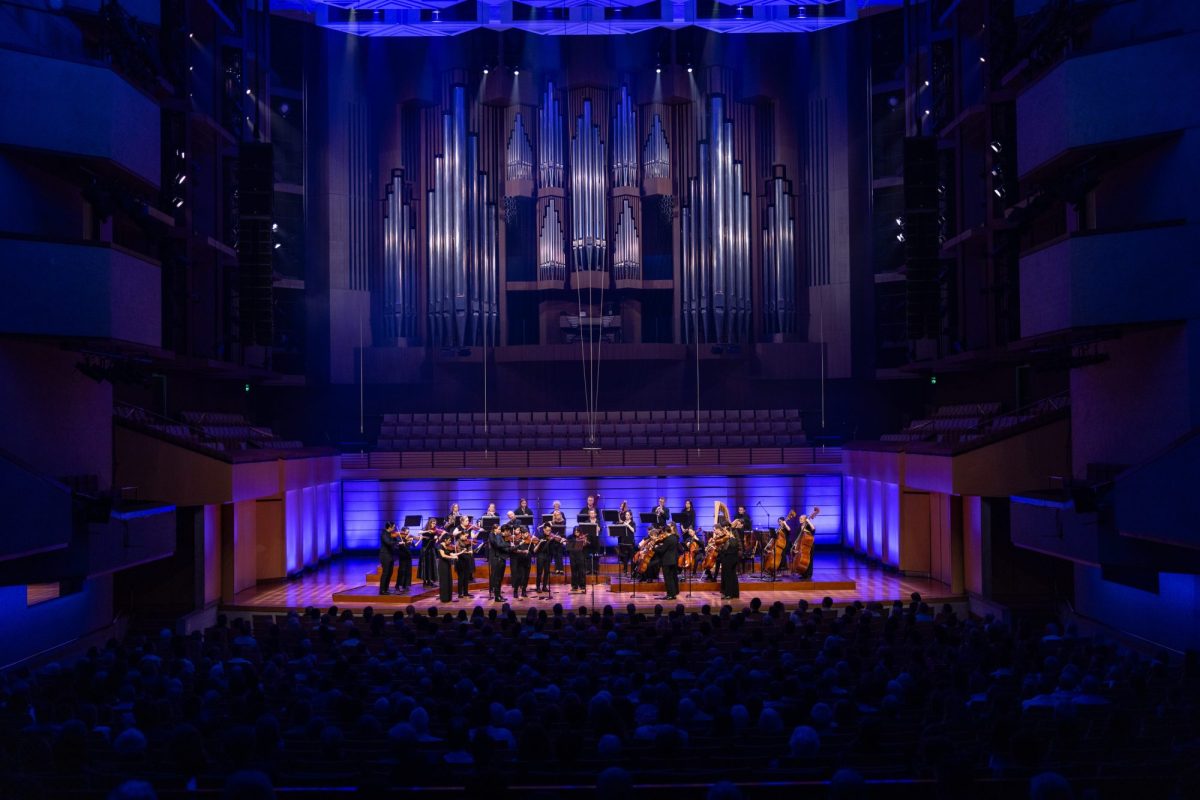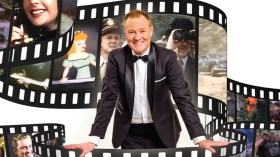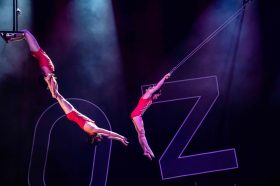Camerata, Queensland’s Chamber Orchestra presented its first 2025 mainstage concert with a self-titled delightful program of three rarely performed works for chamber orchestra – an overture, a concerto and a symphony. Apart from a carefully crafted and imaginative program of musical gems, the core string ensemble of 20 players was augmented with Camerata’s regular wind, brass plus percussion and harp players. This increased the core orchestra to 36 players – a perfect chamber ensemble for the chosen works.
The concert commenced with Fanny Mendelssohn’s Overture in C. Though nowhere near as well-known as her brother Felix, Fanny was a highly accomplished and prolific composer in her own right. While she created over 500 compositions during her lifetime, this overture was the only one written for orchestra alone and did not feature vocalists. She was influenced by Beethoven in both the form and tonality of this work.
Camerata commenced energetically, with a briskly paced yet sensitively realised clarity in both the woodwind and strings. An early and beautifully delivered oboe obligato was mirrored by equally passionate playing from flutes, clarinets and bassoons, each instrument delivering crystal clear intonation. The lushness of the strings gave us a melodic, almost Mozartian, sonority with bright, sparkling notes. An impressive work that was exquisitely delivered.
Robert Schumann’s Concerto for Violin Op 129 was originally written for the cello, and is most commonly played by that instrument. But Schumann also wrote a violin version, rediscovered in 1987, that is rarely heard. Camerata’s Artistic Director and orchestra leader, Brendan Joyce, took it upon himself to be the violin soloist for Schumann’s work. In three movements the work is usually played through without any breaks, as it was here.
Without a conductor, and with Joyce as soloist, it was left to violinist, Jason Tong, to lead the orchestra, managing his forces with great aplomb. With some highly charged and complex music, and a range of competing themes that underpinned the work of the soloist, it was an astonishing feat to witness players and soloist so firmly on the same page throughout. This work clearly demonstrated Camerata’s amazing attention to detail, first-rate teamwork and the joy they relish in working and performing together.
Meanwhile, Joyce took command of the tricky and virtuosic composition with authority, panache and a first-rate technique. The intense passion of the first movement was complemented by the gentle and sweet melodies in the second movement, with pizzicato strings and some gorgeous wistful woodwind. The third speedy, vibrant movement gave us some strident string playing and a luscious violin cadenza that led to the final coda.
While Joyce played beautifully throughout, this reviewer has only ever heard this concerto before played with solo cello. It was interesting to hear the violin, but one missed the rich darkness and sweetness of the cello in this interpretation. By comparison, the violin is tonally lighter and higher, with less depth of sound. Perhaps Camerata may repeat this remarkable work with a cello soloist at a future date.
The Wild Card Mystery Guest segment is always a welcome interlude. Joyce introduced two young local classical performers who perform lieder or art songs. Pianist Mac Johnson and singer Jensen White, 18 and 20 years respectively, are studying at the University of Queensland. It was a pleasure to hear these highly talented young artists who gave fine and well-received performances of Roger Quilter’s Love’s Philosophy followed by Franz Schubert’s Du bist die Ruh.
The final work was Francis Poulenc’s Sinfonietta in four movements, a glorious piece to end any concert. A light-hearted, engaging and unsophisticated composition, it offers a wide diversity of styles, musical colours and some charming French chic. Camerata, under Joyce’s leadership, seemed to truly enjoy playing this rarely heard work, having great fun with the jazzy dance rhythms. Some distinctive Gershwin overtones and French cabaret sonority allowed the trumpets and horns to truly come into their own.
Read: Theatre review: Djuna, Northcote Town Hall Arts Centre
The forceful Allegro movement morphed into some charming sprightly rhythms in the Scherzo, expanding into more expansive and melodic legato in the strings in the gentle Andante. Both fast and lively, the tempo of the final movement led to a powerful and breathless conclusion.
Camerata by the Queensland’s Chamber Orchestra was performed for one night only on 13 March 2025 at the Concert Hall, QPAC.





